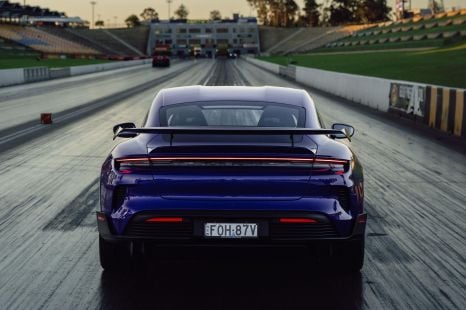

Toby Hagon
Banned! The car that’s too quick for Aussie drag strips
11 Hours Ago

Managing Editor
The all-new 2026 Lexus ES has made its world debut at the Shanghai motor show, ahead of its Australian release next year – with both hybrid and, for the first time, battery-electric powertrains.
Teased last week ahead of its global premiere in China today, the eighth-generation luxury sedan will be the sixth to be sold in Australia, where more than 15,000 examples have found homes since the second-generation ES arrived here in 1992.
Much larger than the mid-size model it replaces, the new ES rides on a “newly developed” version of the TNGA GA-K platform, which also underpins the Lexus NX and RX SUVs, and the Toyota Camry.
Hundreds of new car deals are available through CarExpert right now. Get the experts on your side and score a great deal. Browse now.
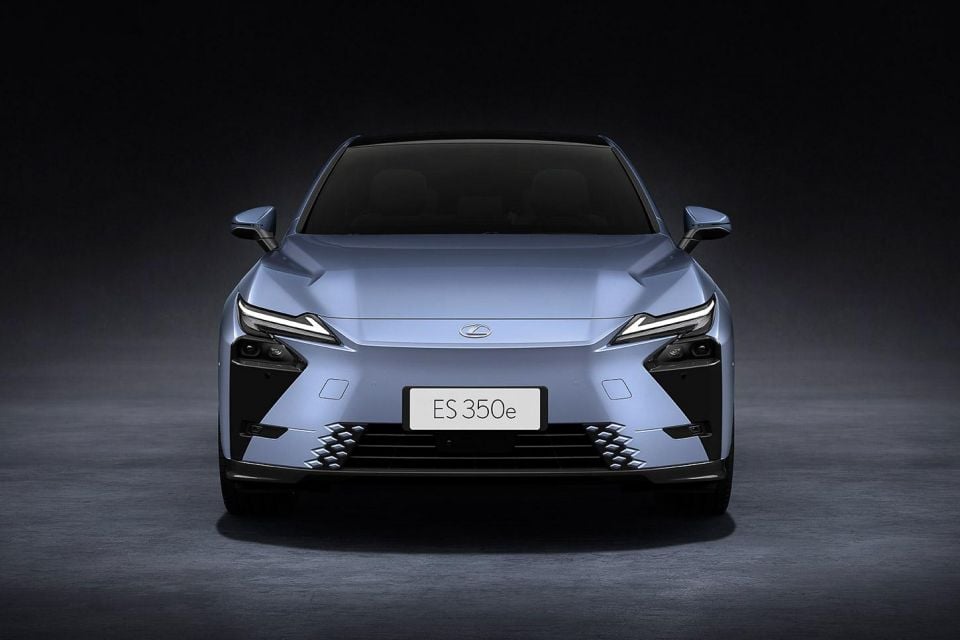
Riding on an 80mm-longer (2950mm) wheelbase, which also eclipses the 2835mm wheelbase of the Camry, the Mk8 Lexus ES is a whole 165mm longer overall than its predecessor, now measuring 5140mm long, as well as 55mm wider (1920mm) and 110mm taller at 1555mm.
A petrol-electric version of the next ES was a given, with the premium Japanese sedan going all-hybrid in Australia at the end of last year, but the big news is the availability of two hybrid powertrains and two battery-electric powertrains.
The ES300h is now powered by a 2.0-litre four-cylinder petrol-electric system developing up to 148kW and claimed to hit 100km/h in as little as 8.3 seconds, while the new ES350h will come with an upgraded 2.5-litre petrol-electric system offering 182kW (up from 160kw) and propelling it to 100km/h in a claimed 7.8 seconds.
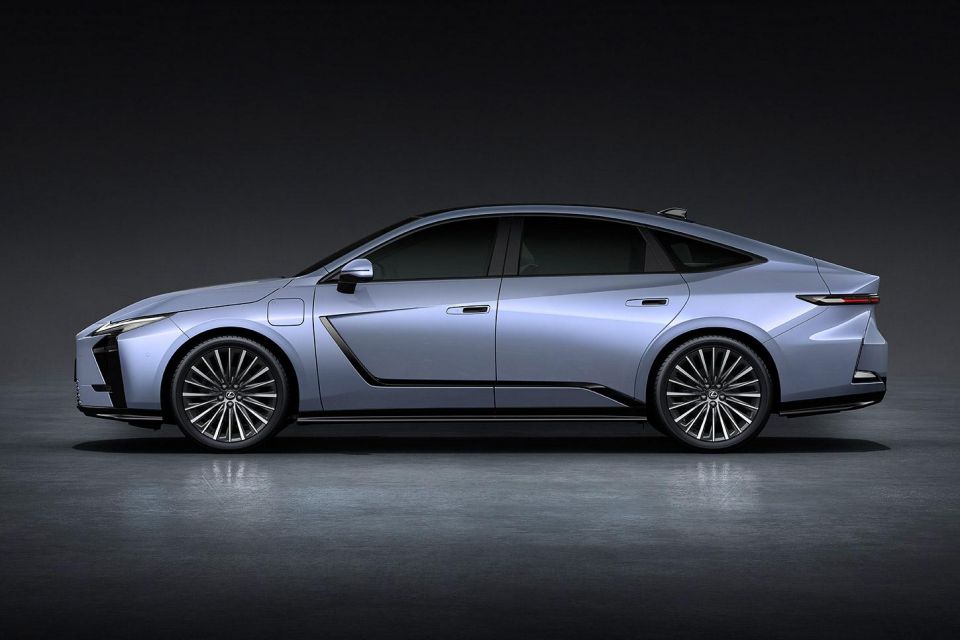
Both HEV variants share the same continuously variable automatic transmission (CVT) and both will be available in front-wheel drive and, for the first time, all-wheel drive forms – as will the first battery-electric (BEV) version of the ES.
Lexus Australia has confirmed that both HEV and BEV versions of the new ES will be offered here in 2026, but it’s yet to lock in AWD variants for either model locally, where the electric ES will join the small UX300e and mid-size RZ electric SUVs on sale.
The new ES will be the first electric sedan from Lexus (and its parent company Toyota) to be sold outside of China, where Toyota sells the small bZ3 sedan, and where a second facelift for the existing ES was released late last year.
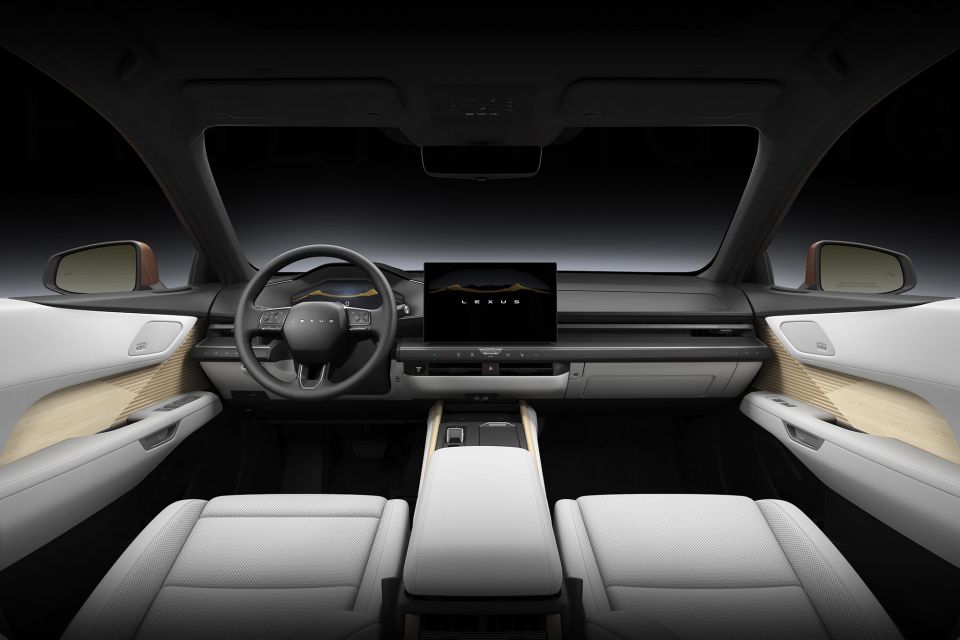
Lexus says both the ES300h, which rides on 18-inch wheels as standard, and the ES350h (19-inch) benefit from a larger but unspecified battery, and an integrated eAxle that combines the power control unit and transaxle.
It claims the lighter, more compact and more rigid ‘sixth-generation’ hybrid power unit helps suppress vibration, contributing to a quieter, more refined cabin.
Meantime, the first pure-electric Lexus ES is claimed to offer up to 685km of range according to the more lenient CLTC standard, in front-drive ES350e form with 19-inch tyres (21s will be optional).
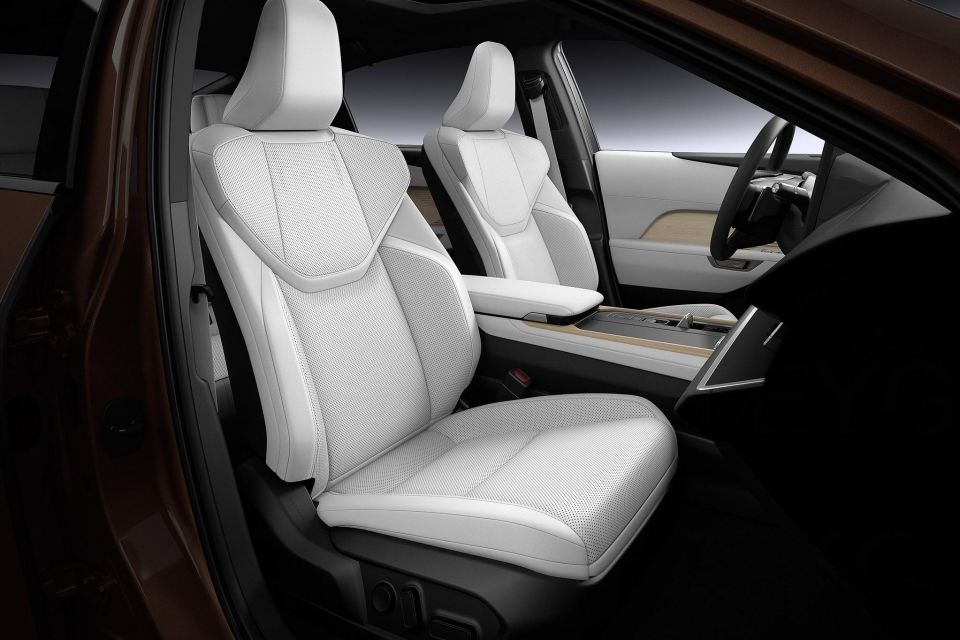
The entry-level ES350e is claimed to produce 165kW of power and hit 100km/h in 8.9 seconds, while the flagship all-wheel drive ES500e offers a higher 252kW output, faster 5.9-second 0-100km/h acceleration, and a 610km CLTC range.
No further specs were provided for either EV, but 150kW fast-charging the latter from 10-80 per cent is claimed to take about 30 minutes at 25C.
Lexus says that by unlocking the full potential of the TNGA GA-K platform, it was able to position the large-capacity battery designed specifically for EVs beneath the floor to lower the centre of gravity and enhance vehicle stability.

The ES500e goes a step further with its DIRECT4 all-wheel drive system, which uses wheel speed, acceleration and steering angle data to continuously control front-rear torque distribution between 100:0 and 0:100 per cent, thereby improving standing-start acceleration, handling and energy efficiency.
For the first time in an ES, there is multi-link rear suspension to go with the MacPherson front struts.
There’s also a rear-wheel steering system called Dynamic Rear Steering (DRS), which can turn the rear wheels by up to four degrees – in the opposite direction to the front wheels to improve agility at low speeds and in the same direction to enhance stability at higher speeds.
Also aiding dynamics as well as comfort and refinement is increased chassis rigidity, sound-insulating door glass, improved sealing components, and the option of Adaptive Variable Suspension (AVS), which uses a linear solenoid system to adjust damping force.

First previewed by the LF-ZC electric sedan concept revealed in October 2023, the lower-slung new ES bring a fresh exterior design that will be echoed by a third new Lexus EV to be unveiled in March 2026.
Highlights of the new ‘refined minimalism’ exterior design include a slim version of Lexus’ spindle grille for petrol models and a closed-off version for EV variants, flanked by slender new ‘L-Signature’ headlights and tail-lights, a rear lighting strip with Lexus logo and flush door handles.
Inside, the new ES eschews physical controls for a cleaner dashboard with fewer buttons, highlighted by a larger floating-style infotainment touchscreen, backed by the first application of Toyota’s next-generation ‘Arene’ software platform.
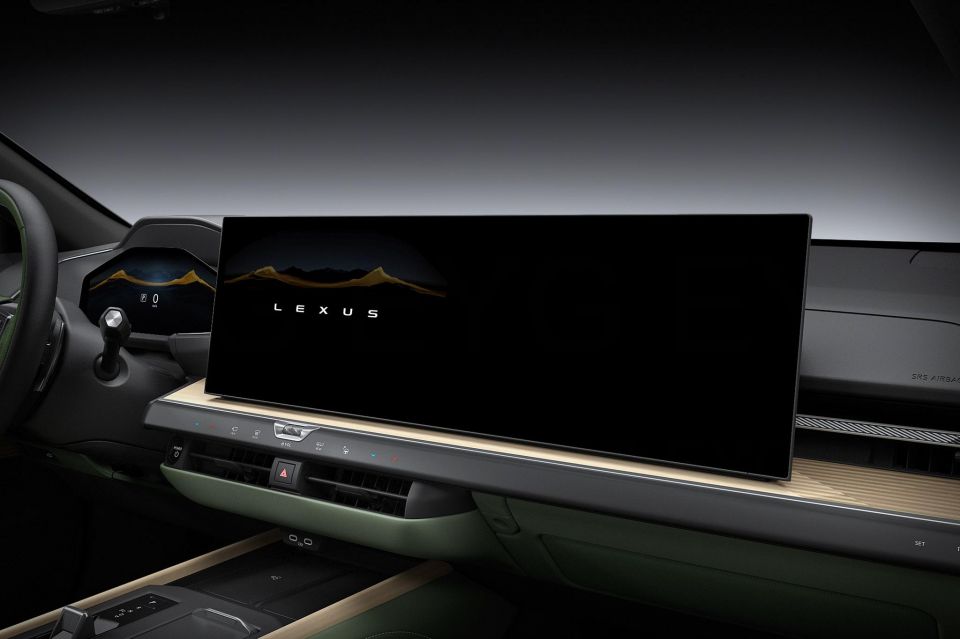
It’s flanked by an optional passenger display and a 12.3-inch digital instrument cluster, and is joined by dual wireless smartphone chargers and capacitive shortcut buttons that illuminate when your hand approaches them. Lexus claims the ‘Responsive Hidden Switches’ will be a world-first.
Also new is an optional Sensory Concierge system that “orchestrates” the ambient lighting, climate and fragrance according to the music playing, plus a wider panoramic sunroof with heat insulation, thermal protection and 99 per cent ultraviolet light reduction.
Rear passengers will also have the option of reclining seats, an ottoman, a massage function employing air bladders, and even a front passenger seat that fold fully forward to increase legroom.
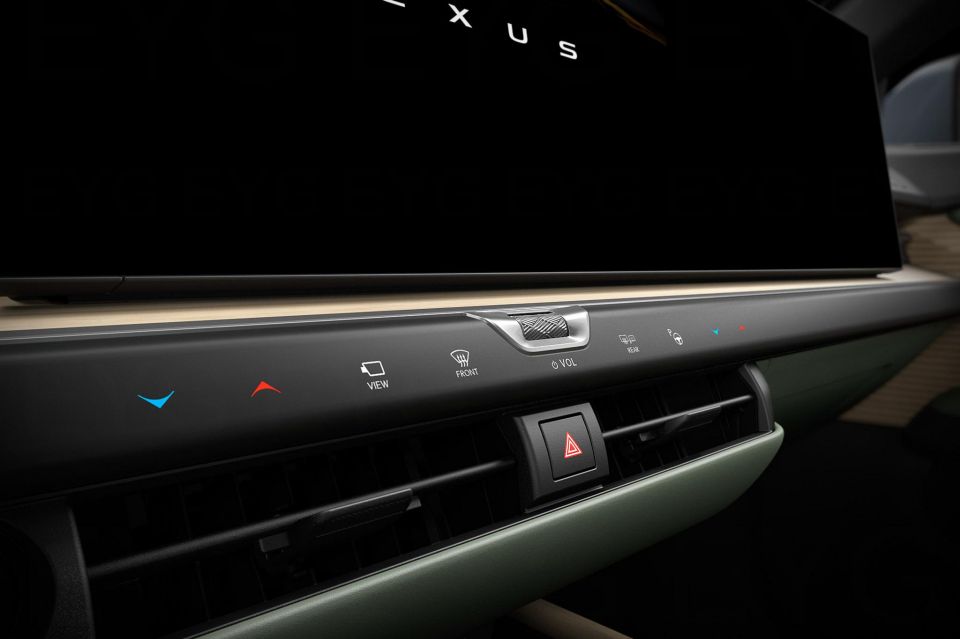
The new ES will also debut the Toyota premium brand’s next-generation advanced driver-assistance system (ADAS), which will employ more sensors to deliver a wider field of view from longer distances, with more details still to come.
Lexus International chief engineer Kohei Chiashi said the new ES will bring new levels of refinement, quietness and ride comfort.
“The new ES marks the beginning of the next generation of Lexus and delivers a truly refined experience. It was developed with the aim of redefining the sedan,” he said.
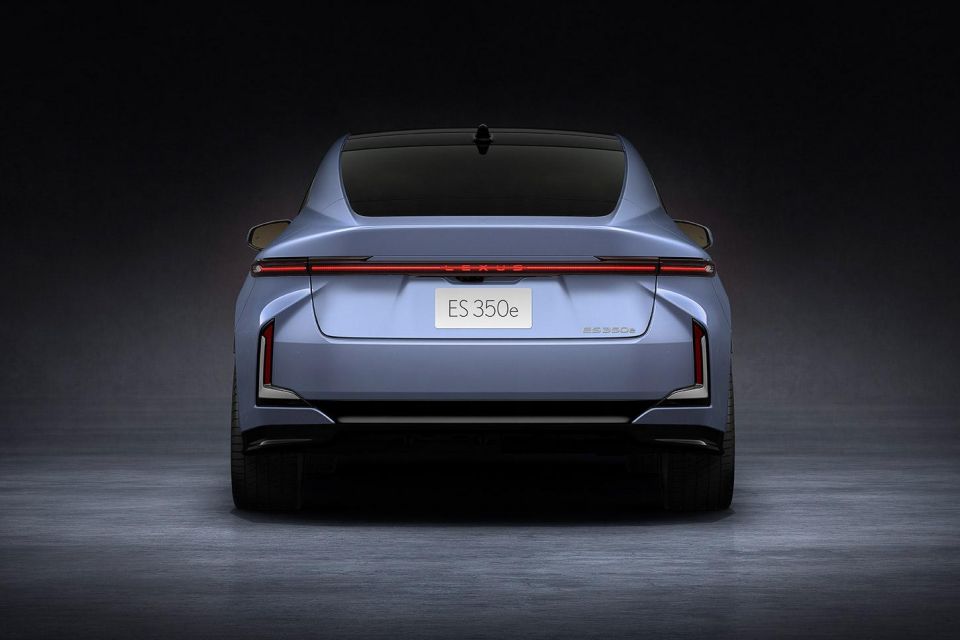
“With the newly developed TNGA GA-K platform, the new ES supports both HEV and BEV powertrains, offering a wider range of electrified vehicle choices while contributing to the realisation of a carbon-neutral society.”
In addition to the new Lexus ES, also making its global debut at Shanghai was the Toyota bZ7, an almost identically sized electric sedan.
Last year Lexus Australia sold 1025 examples of the existing ES, making it the brand’s fourth best-selling model behind the NX, RX and LBX SUVs, and less popular than rivals like the Tesla Model 3, BMW 3 Series and i4, and the Mercedes-Benz C-Class.
Following the axing of the base ES250 late last year, the 300h hybrid is currently the only ES powertrain available, in Luxury, F Sport and Sports Luxury trim grades priced from $65,540 before on-road costs.
MORE: Everything Lexus ES
Where expert car reviews meet expert car buying – CarExpert gives you trusted advice, personalised service and real savings on your next new car.
Marton Pettendy is a veteran motoring journalist and editor with decades of experience across Australia’s leading automotive titles.


Toby Hagon
11 Hours Ago
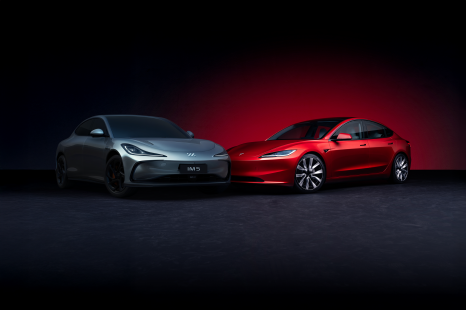

Andrew Maclean
2 Days Ago
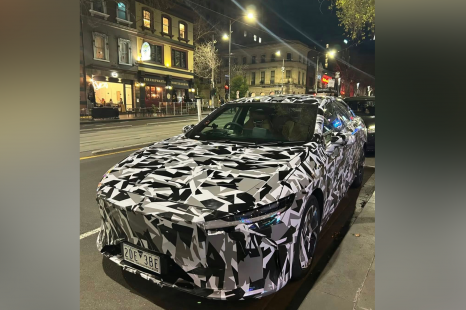

William Stopford
13 Days Ago
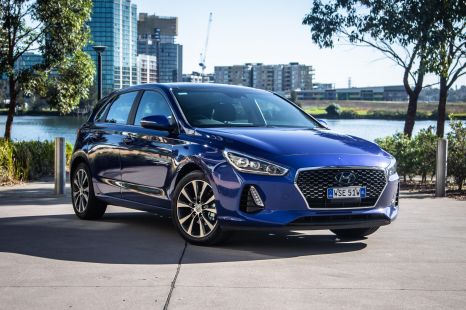

William Stopford
14 Days Ago
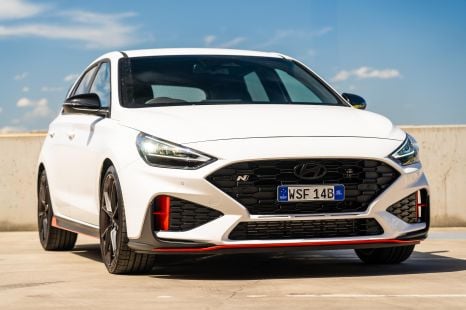

William Stopford
15 Days Ago


Josh Nevett
19 Days Ago